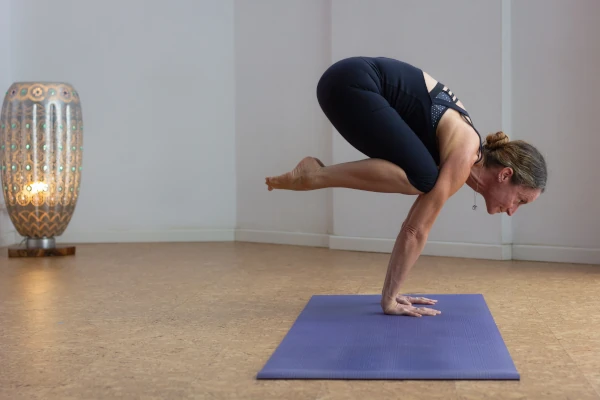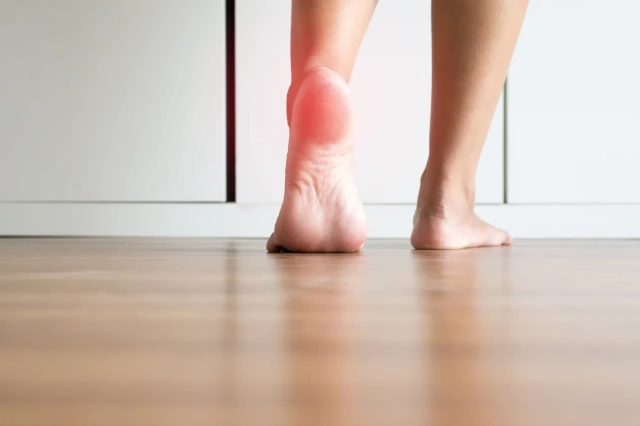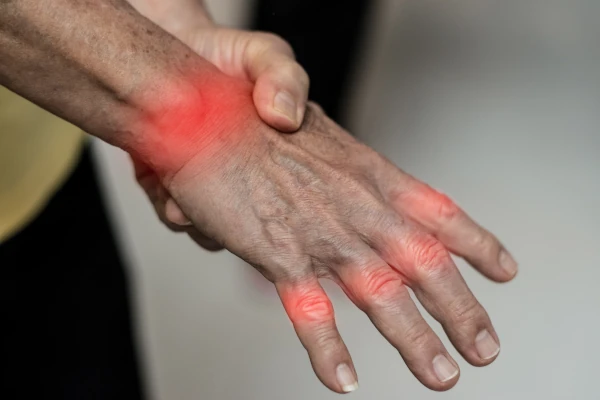
Core Muscle Training: Benefits and Effective Exercises You Need to Know
- Dr. Prachi Saini (MPT)
Connect with our expert physiotherapist for personalized physiotherapy advice.
Core muscle strengthening is the cornerstone of a healthy and functional body. Whether you are an athlete striving for peak performance, recovering from an injury, or aiming to improve posture and daily activities, building a strong core is essential. A strong core is more than just a six-pack—it’s about stability, balance, and preventing injuries.
What Are Core Muscles?
Your core muscles include a group of muscles in your abdomen, lower back, pelvis, and hips. These muscles work together to stabilize your spine and pelvis, enabling smooth and efficient movement. Key muscles include:
- Rectus Abdominis:
Responsible for flexing the spine.
- Transverse Abdominis:
Essential for spinal stability.
- Obliques:
Assist with rotation and lateral flexion.
- Erector Spinae:
Supports the spine and enables its extension.
- Pelvic Floor Muscles:
Aid in pelvic stability.
- Diaphragm:
Stabilizes through controlled breathing.
Why Core Strengthening Matters
- Improved Posture and Stability:
Reduces strain on the spine and muscles, improving alignment.
- Injury Prevention:
Minimizes the risk of lower back and pelvic injuries.
- Enhanced Athletic Performance:
Boosts power, agility, and efficiency in sports.
- Better Balance and Coordination:
Critical for dynamic movements and stability.
- Pain Relief:
Helps manage lower back pain by stabilizing the spine.
Common Myths About Core Strengthening
- Myth 1:
It’s all about crunches. True core training involves a variety of exercises.
- Myth 2:
Core training is only for athletes. Everyone can benefit from it.
- Myth 3:
Visible abs mean a strong core. Functional strength matters more than aesthetics.
Effective Core Strengthening Exercises
Beginner-Friendly Exercises
- Plank:
Hold for 20 seconds, progressing over time.
- Bird Dog:
Extend one arm and the opposite leg while on all fours.
- Dead Bug:
Lower one arm and the opposite leg while lying on your back.
- Bridge:
Lift hips while engaging the core and glutes.
- Side-Lying Leg Lifts:
Targets obliques and hip stabilizers.
Advanced Core Exercises
- Side Plank with Leg Lift:
Adds intensity to side planks.
- Pallof Press:
Uses resistance bands for anti-rotation training.
- Hanging Leg Raises:
Strengthens lower abs and hip flexors.
- Stability Ball Rollouts:
Challenges balance and core engagement.
- Plank to Push-Up:
Transitions between plank positions for dynamic strength.
Tips for Core Training Success
- Engage Your Core:
Focus on activating your abdominal muscles during exercises.
- Don’t Hold Your Breath:
Proper breathing enhances oxygen flow and core stability.
- Prioritize Quality Over Quantity:
Use proper form to avoid injuries.
- Incorporate Functional Movements:
Choose exercises that mimic real-life activities.
- Progress Gradually:
Start with beginner exercises and increase intensity over time.
- Seek Guidance:
A physiotherapist can design a personalized program tailored to your needs.
External Links
Connect with our expert physiotherapist for personalized physiotherapy advice.



